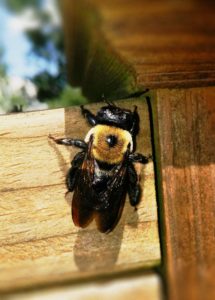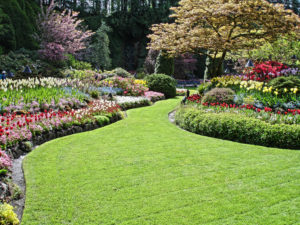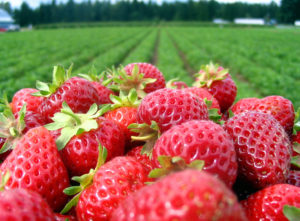Mid-Spring Home Gardening News
go.ncsu.edu/readext?683747
en Español / em Português
El inglés es el idioma de control de esta página. En la medida en que haya algún conflicto entre la traducción al inglés y la traducción, el inglés prevalece.
Al hacer clic en el enlace de traducción se activa un servicio de traducción gratuito para convertir la página al español. Al igual que con cualquier traducción por Internet, la conversión no es sensible al contexto y puede que no traduzca el texto en su significado original. NC State Extension no garantiza la exactitud del texto traducido. Por favor, tenga en cuenta que algunas aplicaciones y/o servicios pueden no funcionar como se espera cuando se traducen.
Português
Inglês é o idioma de controle desta página. Na medida que haja algum conflito entre o texto original em Inglês e a tradução, o Inglês prevalece.
Ao clicar no link de tradução, um serviço gratuito de tradução será ativado para converter a página para o Português. Como em qualquer tradução pela internet, a conversão não é sensivel ao contexto e pode não ocorrer a tradução para o significado orginal. O serviço de Extensão da Carolina do Norte (NC State Extension) não garante a exatidão do texto traduzido. Por favor, observe que algumas funções ou serviços podem não funcionar como esperado após a tradução.
English
English is the controlling language of this page. To the extent there is any conflict between the English text and the translation, English controls.
Clicking on the translation link activates a free translation service to convert the page to Spanish. As with any Internet translation, the conversion is not context-sensitive and may not translate the text to its original meaning. NC State Extension does not guarantee the accuracy of the translated text. Please note that some applications and/or services may not function as expected when translated.
Collapse ▲What’s That Buzzing Sound? Carpenter Bees
Carpenter bees are large, black and yellow bees frequently seen in spring hovering around the eaves of a house or the underside of a deck or porch rail. They are often mistaken for bumble bees, but differ in that they have a black shiny tail section.The carpenter bee is so-called because of its habit of excavating tunnels in wood with its strong jaws.
Lace Bugs: Azalea Pests!
The azalea lace bug, Stephanitis pyrioides, is the most frequently reported insect pest in the landscape. They are called “lace” bugs because the wings resemble lace. The wings are mostly transparent with some dark markings. These bugs are about 1/8 inch long. This insect usually spends the winter in the egg stage inside the leaf covered with a drop of excrement that hardens into a varnish-like shield.
Choosing a Landscape Contractor
Picking “the right” landscape company can be a challenge so it is important that you begin with what you want for your yard and determine your expectations. If you only want general yard work and maintenance, many residential lawn care services are available for hire.
Other companies offer more comprehensive services and will do everything from basic landscaping, to turf and irrigation installation, to complete property renovations, while some may offer “organic” lawn care alternatives.
Strawberry Season Arrives Early
Strawberry season in North Carolina has arrived earlier than usual this year, and COVID-19 has farmers taking precautions to ensure that consumers have safe access to what promises to be a bountiful harvest. NC State Extension Specialist Mark Hoffmann says the strawberry harvest will peak in about two weeks and continue into late May or early June, depending on the weather. Right now, he expects the state’s farmers to pick more strawberries this year than they usually do, thanks to a warm winter.
Eating Berries Not Cause for Concern: COVID-19
NC State Extension food safety specialist and associate professor, Dr. Ben Chapman, spoke with N.C. Farm Bureau recently about the bumper crop of berries in North Carolina, and the food safety implications related to the novel coronavirus (COVID-19).
“I don’t have any hesitation in consuming berries at all, from a COVID-19 standpoint,” says Chapman. “Right now, we don’t have any information, any evidence, any indication that food or food packaging is the source of transmission for getting sick and getting COVID-19.”







